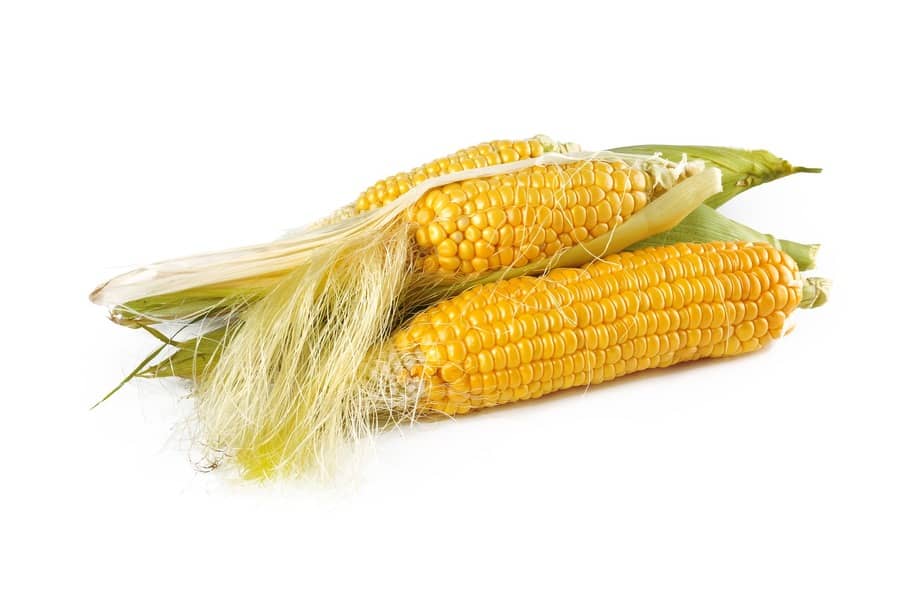Porto Alegre, March 7, 2022 – There is wheat in Canada, Australia, the United States, Argentina and even Brazil to make up the world supply. However, this readjustment of ‘cheap’ Russian and Ukrainian wheat needs to be offset by higher prices from these new suppliers, which, besides their normal demand, will have to supply large international buyers such as Egypt, China and Europe. It is at this point that global panic took hold of the international wheat market with five subsequent limits up on the CBOT and with a readjustment in world trade. Given this scenario for wheat, corn is also reaching levels near the 2012 record on the CBOT.
Russia is the world’s largest wheat exporter and, moreover, has the ‘cheapest’ wheat on the international market. Its planting area reaches remarkable 72 mln hectares. So, as we have pointed out here, critical situations in this global supplier bring important changes to the world market. And this is what is happening, not so much because of the war but because of the sanctions. The sanctions on Russia range from access to social media, which really changes nothing, to insurance companies and confiscation of international reserves from the government and the population. Insurers began to close the Russian market, which inhibits trade flow due to the difficulty of carrying out an international operation without the protection of an insurance company.
Sanctions may grow stronger and further hamper the world picture. As wheat and oil are Russia’s two main commodities, prices are surpassing even the most optimistic bullish outlook. Oil above USD 110/barrel can only be held back by an increase in production from other world producers. Wheat broke through USD 12/bushel on the CBOT. The absence of Russian wheat affects the entire Middle East, Europe, and particularly China. China can set a direct agreement with Russia for a trade flow independent of international sanctions and supply itself. The rest start looking for alternative importers, which ends up raising prices in general.
Wheat jumping from USD 8/bushel in February, which was already well above the historical average of USD 5.50, to USD 12/bushel, drags corn along with it. Corn surged from USD 6.00/bushel in February (normal average of USD 3.50 to 4.00) to USD 7.70 last week. Corn remains bullish for the following reasons:
– High in wheat – Corn is a direct substitute and its demand is aimed at both human and animal consumption;
– High in oil – Additional demand for ethanol in the United States, increasing corn crush and reducing stocks;
– Difficulty for Ukraine to meet export commitments of 33 mln tons in this 21/22 business year, which ends in October. Only with China, export commitments would reach 8 mln tons. What happens to exports and these contracts after the Russian invasion ends? Besides, it is unknown whether Ukrainian producers will still be on farms in April and May for planting, whether there will be inputs such as seeds, fertilizers and chemicals for planting. The next question is about the current export contracts is Ukraine’s 2022 crop, i.e. the size and conditions of this crop, as well as the supply profile for exporters in the 22/23 cycle;
– 2022 planting in the United States. Corn has jumped from USD 6.00 to 7.70 in the last 15 days. For the US producer who can decide on planting more on the eve of technical deadlines, this increase in corn may represent a decision not to reduce the area planted with this crop in favor of soybeans. Could that happen? Certainly. For this reason, the report that really matters to the market is the one on planting intentions on March 31. The USDA March survey may differ from market views in January and February following this corn hike. Could soybeans lose area to corn and spring wheat? It would be a surprise for soybeans, but it is possible.
With this set of information, corn reached extraordinary prices over the week. There is no shortage of corn in the United States despite its high prices. At the end of the week, the US government seemed to be trying to add another bullish item for oil. The government consulted with the energy agency to assess whether a cut in biodiesel and ethanol production could help hold food prices. Immediately, oil rose USD 5/barrel on Friday. Besides harming the US grower in the middle of the planting season, that would affect the entire local and world economy with oil hikes by the simple logic that, without biofuel, the demand for oil by-products would increase at a time of high prices. That is, an attempt of decision at the wrong time and with tense markets. However, with everything so highly priced, and the risk of rising inflation, this type of decision may come up.
If the Russian invasion ends, will prices give in? The equation seems more complicated than a simple answer due to the continuity of sanctions.
Agência SAFRAS Latam
Copyright 2022 – Grupo CMA

